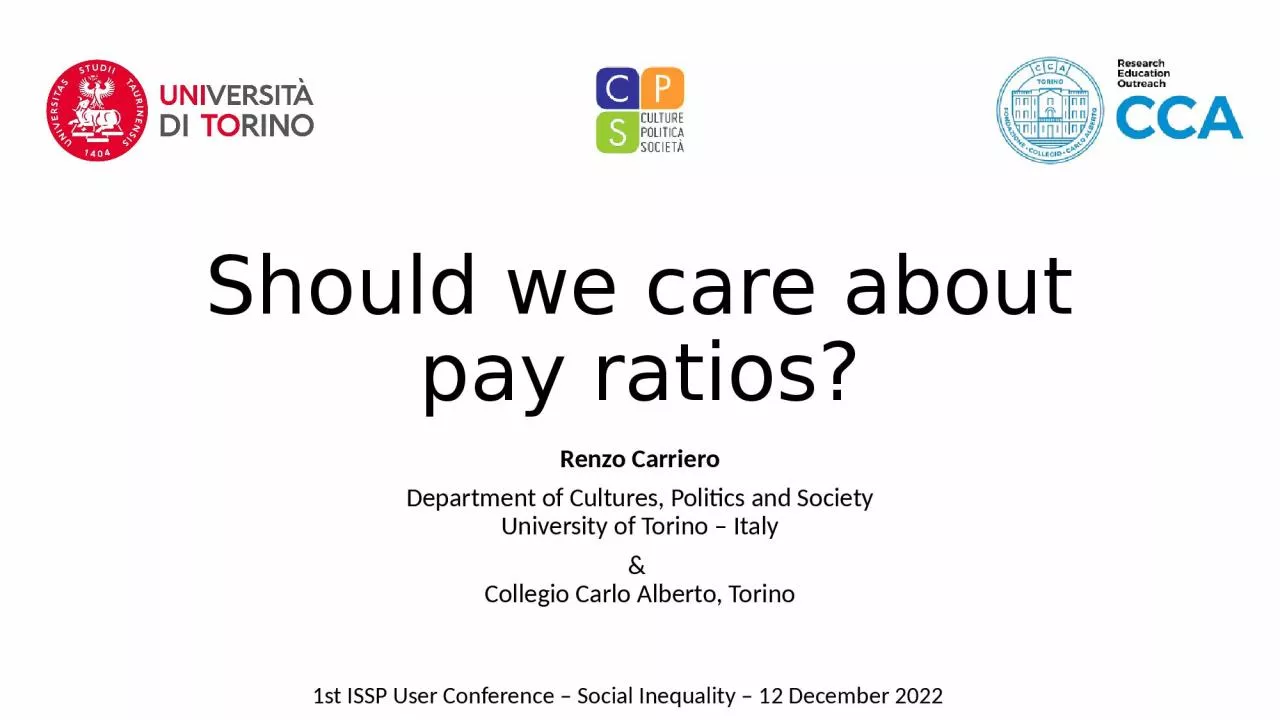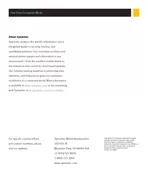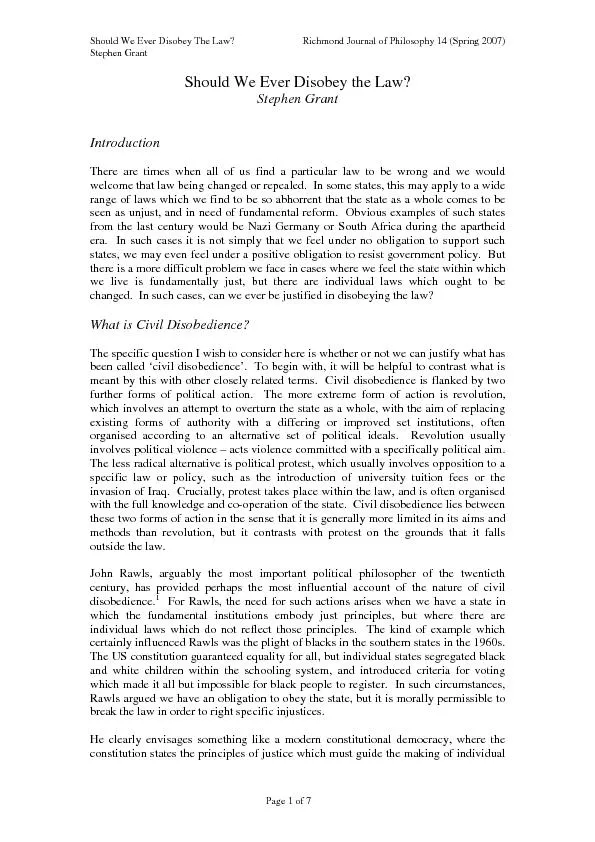PPT-Should we care about
Author : ava | Published Date : 2023-06-22
pay ratios Renzo Carriero Department of Cultures Politics and Society University of Torino Italy amp Collegio Carlo Alberto Torino 1st ISSP User Conference
Presentation Embed Code
Download Presentation
Download Presentation The PPT/PDF document "Should we care about" is the property of its rightful owner. Permission is granted to download and print the materials on this website for personal, non-commercial use only, and to display it on your personal computer provided you do not modify the materials and that you retain all copyright notices contained in the materials. By downloading content from our website, you accept the terms of this agreement.
Should we care about: Transcript
Download Rules Of Document
"Should we care about"The content belongs to its owner. You may download and print it for personal use, without modification, and keep all copyright notices. By downloading, you agree to these terms.
Related Documents














